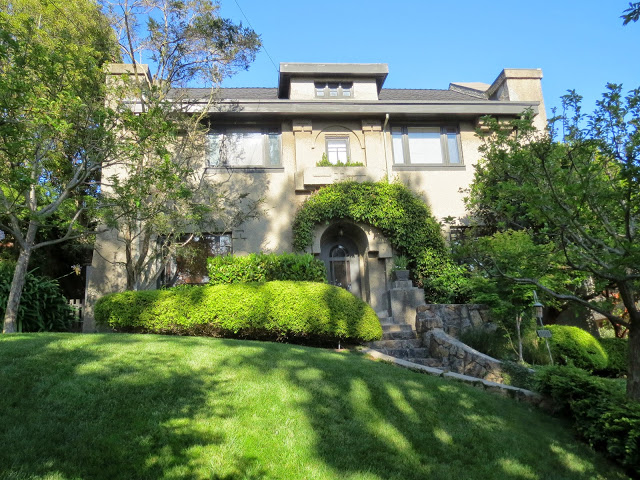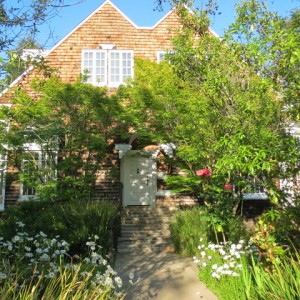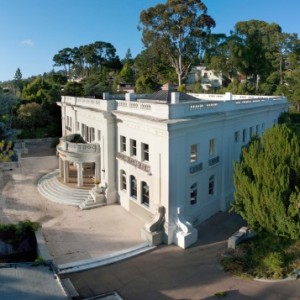By Frances Dinkelspiel, Berkeleyside

The Berkeley Historical Plaque Project has been calling attention to Berkeley’s history since 1997, when it started to place oval plaques on historic sites around the city. In 2012, the group launched a new website and created a new category -- E-Plaques -- to note not only important architectural structures, but the everyday life that makes Berkeley unique.
The E-Plaques mark things like the newt crossing in Tilden Park, the old garage where Creedence Clearwater Revival rehearsed in 1970 for their album "Cosmo’s Factory", and Berkeley’s “foreign policy.” Want to know why Berkeley has all those traffic diverters? The project will tell you why.
The project just revamped its website to make it easier to use. Users can click on a map of a plaque or E-Plaque and bring up a neighborhood map, which will tell you about other interesting places nearby. The hope is to draw more participants, people who will write about unique Berkeley experiences, or share what it is like to live in a historic or unusual home. (See how to submit here. The only caveat is that subjects cannot be living.)
“The idea is to have a self-portrait of Berkeley by Berkeley,” said Robert Kehlmann, artist, former chair of the Landmarks Commission and the chairman and founder of the Berkeley Historical Plaque Project. “There are lots of people out there with lots of knowledge about interesting things, who have lived next door to interesting people. They don’t have to be famous people.”

